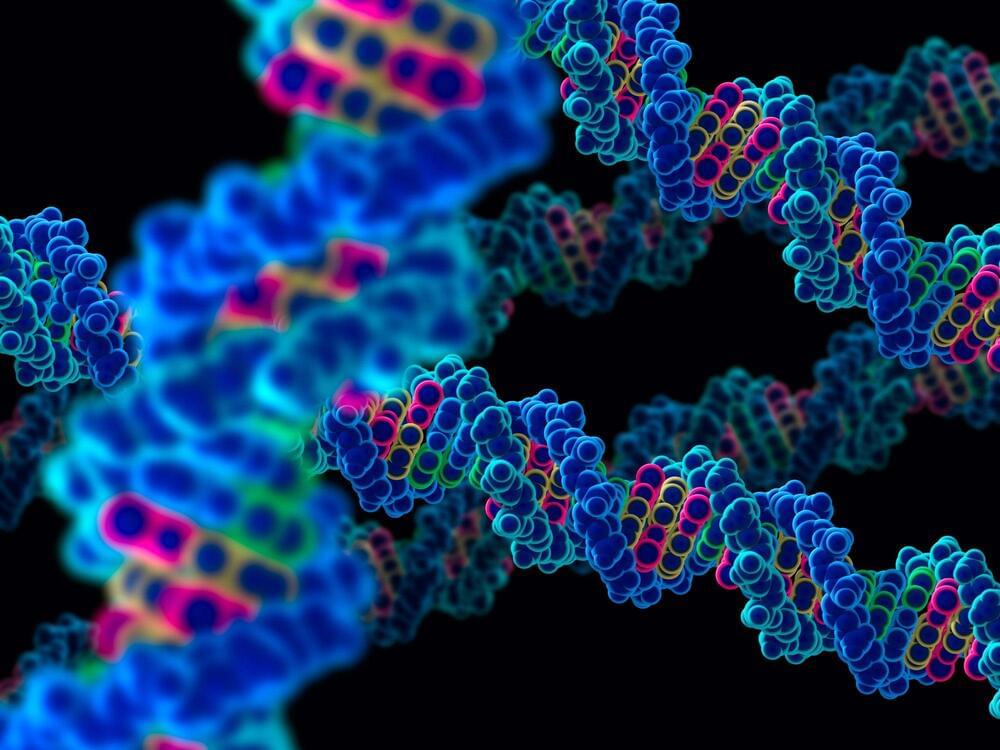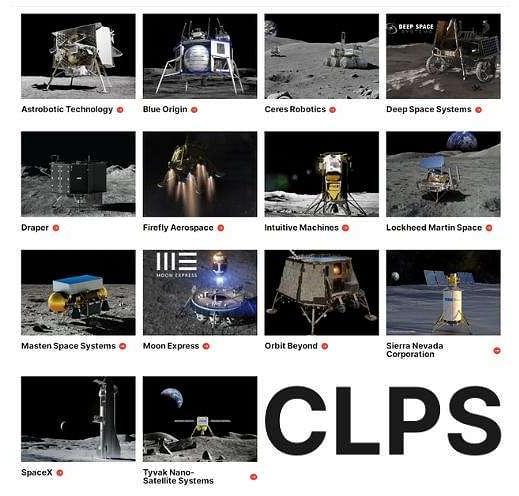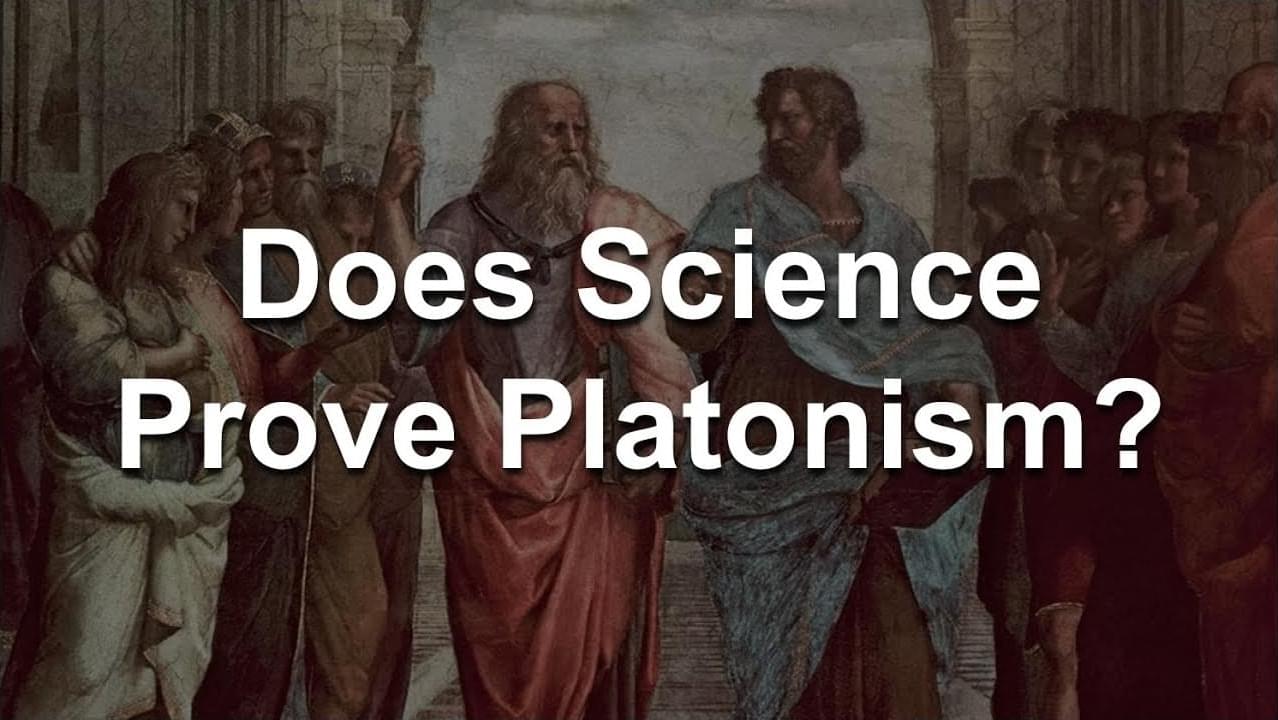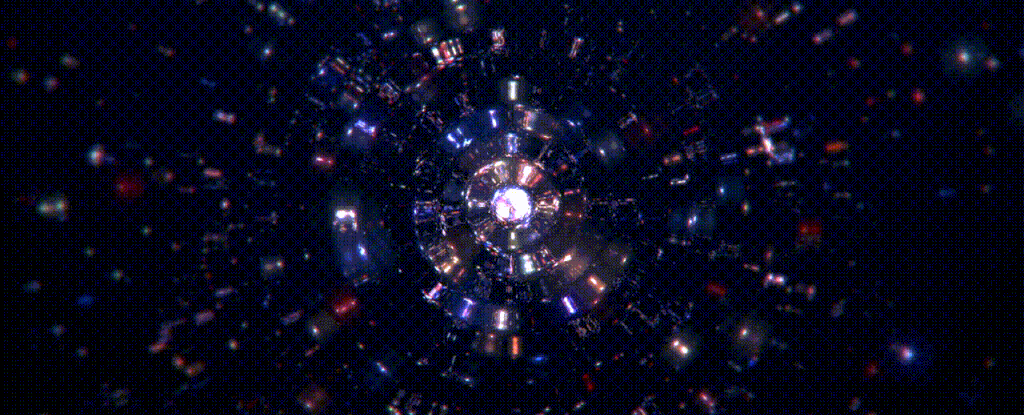New research maps 50,000 i-motifs in human DNA, revealing their potential roles in gene regulation and disease-linked genomic functions.
Researchers have successfully stabilized ferrocene molecules on a flat substrate for the first time, enabling the creation of an electronically controllable sliding molecular machine.
Artificial molecular machines, composed of only a few molecules, hold transformative potential across diverse fields, including catalysis, molecular electronics, medicine, and quantum materials. These nanoscale devices function by converting external stimuli, such as electrical signals, into controlled mechanical motion at the molecular level.
Ferrocene—a unique drum-shaped molecule featuring an iron (Fe) atom sandwiched between two five-membered carbon rings—is a standout candidate for molecular machinery. Its discovery, which earned the Nobel Prize in Chemistry in 1973, has positioned it as a foundational molecule in this area of study.
The magnetic north pole is moving—and not how you might expect. With the release of the World Magnetic Model 2025, scientists reveal shocking details about its unpredictable journey and why it’s slowing down after decades of acceleration. What’s driving these mysterious shifts deep inside Earth? And how does it impact the tech we rely on every day? The answers might surprise you.
Venus is moving toward a dramatic finale in early 2025, when it will dazzle as the “evening star” after sunset. Here’s when to catch it at its brilliant best.
In 2024, space exploration dazzled the world. NASA’s Europa Clipper began its journey to study Jupiter’s moon Europa. SpaceX’s Starship achieved its first successful landing, a critical milestone for future deep space missions. China made From new commercial Moon landers to asteroid investigations, expect a slate of exciting space missions in 2025s with the Chang’e 6 mission, which successfully returned samples from the far side of the Moon. Meanwhile, the International Space Station continued to host international crews, including private missions like Axiom Mission 3.
As an aerospace engineer, I’m excited for 2025, when space agencies worldwide are gearing up for even more ambitious goals. Here’s a look at the most exciting missions planned for the coming year, which will expand humanity’s horizons even further, from the Moon and Mars to asteroids and beyond:
OpenAI’s o3 model achieves human-level results on ARC-AGI benchmark tests, though it’s unclear whether it’s truly reached artificial general intelligence.
Simulations deliver hints on how the multiverse produced according to the many-worlds interpretation of quantum mechanics might be compatible with our stable, classical Universe.
We understand quantum mechanics well enough to make stunningly accurate predictions, ranging from atomic spectra to the structure of neutron stars, and to successfully exploit these predictions in devices such as lasers, MRI machines, and tunneling microscopes. Yet there is no generally accepted explanation of how the solid reality of such devices—or of objects such as cats, moons, and people—arise from a nebulous quantum wave in an abstract mathematical space. Some physicists prefer to ignore the problem, suggesting that we should just “shut up and calculate!” Others seek answers by modifying quantum theory in various ways or by searching for ways to explain how stable structures can emerge from quantum theory itself.
Science has been exceedingly successful. But can we account for the success and objects of science without Platonism? Dr. Scott Berman, author of “Platonism and the Objects of Science” (2020), doesn’t think so. (Enjoy the bonus soccer, too!)
Wanna get the newly-released paperback version of Scott’s book? Check out this link for 35% off!!! https://drive.google.com/file/d/1soJd…
Like the show? Help it grow! Consider becoming a patron (thanks!): / majestyofreason.
If you wanna make a one-time donation or tip (thanks!): https://www.paypal.com/paypalme/josep…
The quantum entanglement of particles is now an established art. You take two or more unmeasured particles and correlate them in such a way that their properties blur and mirror each other. Measure one and the other’s corresponding properties lock into place, instantaneously, even when separated by a wide distance.
In new research, physicists have theorized a bold way to change it up by entangling two particles of very different kinds – a unit of light, or a photon, with a phonon, the quantum equivalent of a wave of sound.
Physicists Changlong Zhu, Claudiu Genes, and Birgit Stiller of the Max Planck Institute for the Science of Light in Germany have called their proposed new system optoacoustic entanglement.









